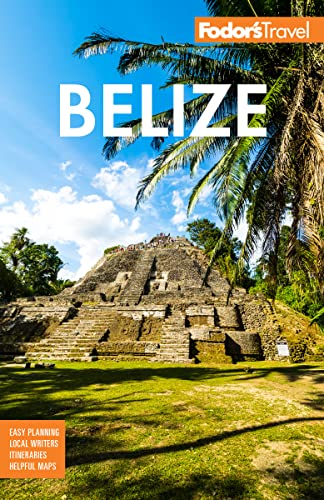Xate: Palm Poaching in Belize
A rather plain-looking palm leaf has become a big-money target for poachers in Belize—and a huge problem for the Forest Department. The leaves in question, xate (pronounced sha-tay), are widely used in the floral industry because they stay fresh-looking for 45 to 60 days after harvest. They come from three Chamaedorea palm species: C. elegans, known as parlor palm; C. oblongata, called xate macho; and C. ernesti-augustii, or fishtail. The latter is the most sought-after, fetching up to US$1 at its final destination, though poachers get only a fraction of that.
Xate grows wild in Belize, and also in parts of Guatemala and Mexico. Guatemalan xate collectors, called xateros, have stripped much of their own El Petén jungles and have now moved on to Belize, crossing the border into the Chiquibul and other remote areas. Xateros earn more collecting xate than working at regular jobs, if they can even find work in the economically depressed rural areas of El Petén. Not surprisingly, Belizeans are increasingly joining the ranks of xate poachers. The harvesters sweep through the jungle, removing the palm leaves with a pocketknife or machete. Each palm plant produces two to five usable leaves.
Unfortunately, the poachers do more than just collect xate. They sometimes stumble across Mayan sites and loot them for priceless artifacts. Some trap toucans, rare parrots, and the endangered scarlet macaw for sale on the black market, and they hunt wild animals, including protected tapirs, for food. The Belize Forest Department has reported significant depletion of native wildlife in areas with large numbers of xate collectors. In a few cases, xateros have been implicated in robberies or in attacks on researchers and on Belize Defence Forces soldiers. With little chance of getting caught and only modest fines if they are, xate poachers are working at minimal risk.
What can you do to reduce the damage done by illegal xate collectors? First, avoid buying flower arrangements that contain xate, unless you're sure that the xate was harvested legally. You can also support an effort by the Natural History Museum in London, in cooperation with the Belize Ministry of Natural Resources and the Belize Botanic Gardens at duPlooy's Lodge near San Ignacio, to encourage sustainable, organic growing of xate by Belizean farmers.




